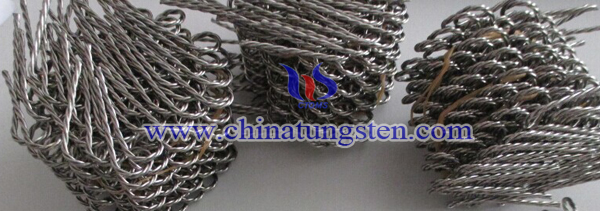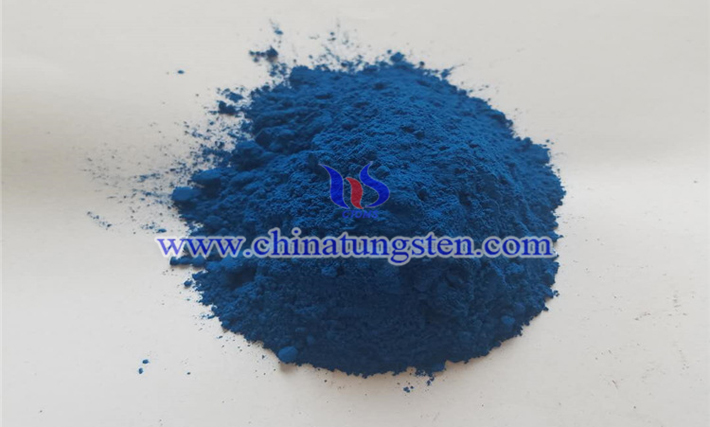Tungsten Heater for Vacuum Plating——Shelve-On
- 詳細
- カテゴリ: Tungsten Information
- 2016年7月22日(金曜)15:21に公開
- 参照数: 1384
Vacuum deposition is a family of processes used to deposit layers of material atom-by-atom or molecule-by-molecule on a solid surface. The deposited layers can range from a thickness of one atom up to millimeters, forming freestanding structures. It is widely used in metallic films, transparent conductive oxides (TCO), superconducting films & coatings. Multiple layers of different materials can be used, for example to form optical coatings. When the vapor source is a liquid or solid the process is called physical vapor deposition (PVD). Vacuum metallization is a process that creates a unique quality finish used in the manufacture of products worldwide When the source is a chemical vapor precursor the process is called chemical vapor deposition (CVD). Often a combination of PVD and CVD processes are used in the same or connected processing chambers.
The points of operation of shelve-on and shelve-off:
1. Check up the base oil quality before the shelve-on, if it is unqualified, it should be cleaned and hen re-oiling.
2. Clamp must be stable to ensure that injection mold parts do not fall when rotating vacuum chamber.
3. Loading and hanging position of injection mold parts would have marks after plating. In addition, if the clamping force is too large injection mold parts may be deformed, so operators can the inlet / runner as loading and hanging position, and then remove it after the plating.
4. In the process of shelve-on, operators should not touch the valid trial of injection mold parts, avoid leaving fingerprints smudges to impact plating effect.
5. Cage should keep clean, and it needs a good scrub regularly.
6. Operators should carefully remove the injection mold part, and it should not be scratched.
7. Interlayer should be padded with a clean paper.
8. Plastic pots should be covered well to avoid dust.

| Tungsten Metals Supplier: Chinatungsten Online www.tungsten.com.cn | Tel.: 86 592 5129696; Fax: 86 592 5129797;Email:sales@chinatungsten.com |
| Tungsten News & Prices, 3G Version: http://3g.chinatungsten.com | Molybdenum News & Molybdenum Price: http://news.molybdenum.com.cn |




 sales@chinatungsten.com
sales@chinatungsten.com